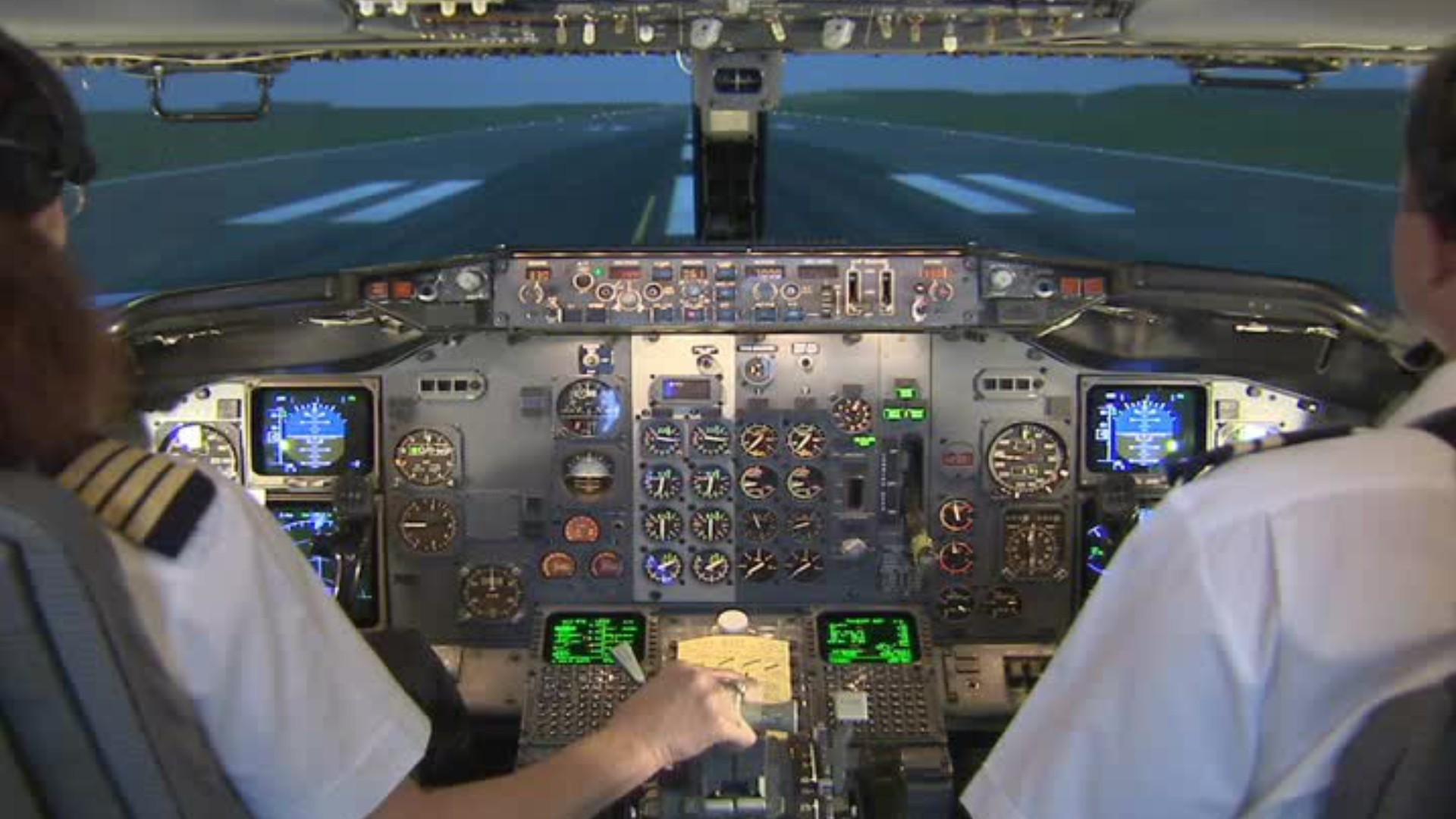Airline Pilots, Copilots, & Flight Engineers
Airline Captain, Captain, First Officer (FO), Pilot
 Select a military branch to see samples.
Select a military branch to see samples.
Astronaut; Executive Mission Aviator Craftsman, Presidential Airlift Group, Communication System Operator; Experimental Test Combat Systems Officer, Fighter; Heavy Aircraft Integrated Avionics Apprentice, C4ISR Mission Systems (E-3, E-4, E-7, EC-130H, RC-135, VC-25); Mobility Force Aviator Craftsman, KC-10 Flight Engineer; Mobility Force Aviator Senior Enlisted Leader, EC-130H Flight Engineer; Reconnaissance/Surveillance/Electronic Warfare Combat Systems Officer, General; Remotely Piloted Aircraft (RPA), Other; Special Mission Aviator Helper, SMA Data Mask; Special Operations Pilot, AC-130H
0-5A/EO-5B/RC-7 Pilot; AH-64A Attack Pilot; Army Astronaut; Aviation Officer; CH-47D Pilot; Jet Aircraft Pilot; MH-47 Pilot; OH-58D Pilot; Rotary Wing Aviator (Aircraft Nonspecific); UH-60M Pilot
Aviation; Aviation Engineering Specialty; Aviation Maintenance Technician; Fixed Wing Aviation; Rotary Wing Aviation
Aircraft Division Lead (DL) Qualification; Basic Fixed Wing Pilot; Colonel, Naval Aviator/Naval Flight Officer/Unmanned Aircraft System Officer; Formal School Officer Instructor-Naval Flight Officer; Naval Flight Officer (NFO), Qualified EA-6B Electronic Warfare Officer; Pilot HMH FRS Basic/CH-53E Pilot; Pilot VMA FRS Basic AV-8B; Pilot VMGR, KC-130 Co-Pilot (T2P/T3P); Pilot VMR UC-35 Qualified; Tiltrotor Crew Chief, MV-22
Air Vehicle Pilot Inst, Trng; C-130 Flight Engineer; E-6B Flight Engineer; Flight Instructor-Pilot, Fleet Operational Aircraft; LDO - Operations, Aviation; Naval Aircrewman (Tactical Helicopter); P-3 Flight Engineer; Special Project Pilot; Squadron Operations Officer; URL - Aviation Warfare Officer, Naval Flight Officer
Astronaut; Experimental Test Combat Systems Officer; Experimental Test Remotely Piloted Aircraft Pilot, Other; Generalist Combat Systems Officer, Electronic Warfare Officer; Mobility Pilot, C-32; Reconnaissance/Surveillance/Electronic Warfare Combat Systems Officer, EWO, General; Remotely Piloted Aircraft (RPA) Pilot, Air Liaison Officer (ALO); Special Operations Combat Systems Officer; Special Operations Pilot; Student Pilot, Other
What they do:
Pilot and navigate the flight of fixed-wing aircraft, usually on scheduled air carrier routes, for the transport of passengers and cargo. Requires Federal Air Transport certificate and rating for specific aircraft type used. Includes regional, national, and international airline pilots and flight instructors of airline pilots.
On the job, you would:
- Use instrumentation to guide flights when visibility is poor.
- Start engines, operate controls, and pilot airplanes to transport passengers, mail, or freight, adhering to flight plans, regulations, and procedures.
- Work as part of a flight team with other crew members, especially during takeoffs and landings.
Knowledge
Transportation
- movement of people or goods by air, rail, sea, or road
Arts and Humanities
- English language
Engineering and Technology
- mechanical
- computers and electronics
Math and Science
- geography
Skills
Basic Skills
- keeping track of how well people and/or groups are doing in order to make improvements
- listening to others, not interrupting, and asking good questions
Problem Solving
- noticing a problem and figuring out the best way to solve it
People and Technology Systems
- thinking about the pros and cons of different options and picking the best one
- figuring out how a system should work and how changes in the future will affect it
Abilities
Controlled Movement
- quickly decide if you should move your hand, foot, or other body part
- quickly change the controls of a machine, car, truck or boat
Attention
- do two or more things at the same time
- pay attention to something without being distracted
Vision
- see details that are far away
- see details up close
Visual Understanding
- quickly compare groups of letters, numbers, pictures, or other things
Personality
People interested in this work like activities that include practical, hands-on problems and solutions.
They do well at jobs that need:
- Self-Confidence
- Leadership Orientation
- Perseverance
- Stress Tolerance
- Self-Control
- Achievement Orientation
Technology
You might use software like this on the job:
Object or component oriented development software
- Document Object Model DOM Scripting
- R
Presentation software
- Microsoft PowerPoint
Data base user interface and query software
- Airline Pilots Daily Aviation Log PPC
- CoPilot Flight Planning & E6B
Education
Education: (rated 4 of 5)
bachelor's degree or
high school diploma/GED
usually needed
high school diploma/GED
usually needed
Job Outlook
Average
New job opportunities are likely in the future.
Explore More
- Air Traffic Controllers
- Aircraft Service Attendants
- Airfield Operations Specialists
- Captains, Mates, & Pilots of Water Vessels
- Commercial Pilots
You might like a career in one of these industries:
See more details at O*NET OnLine about Airline Pilots, Copilots, & Flight Engineers.






